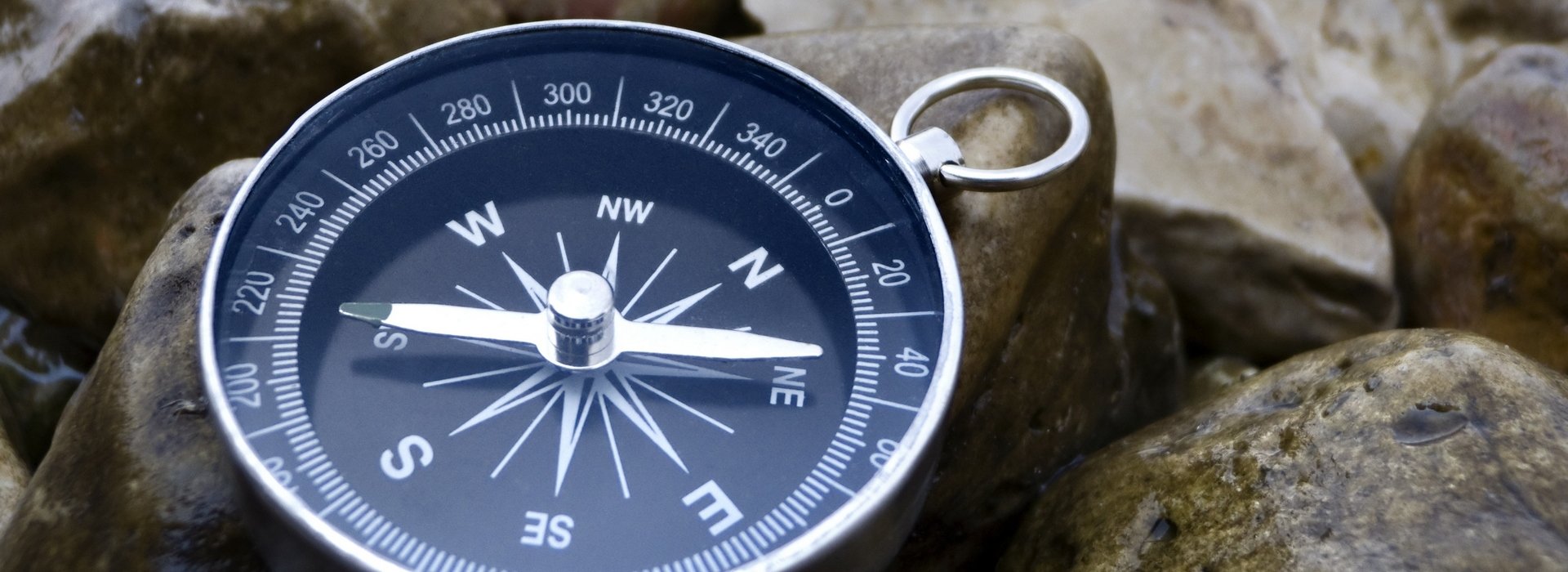

Budapest's total territory is 525 km². It is surrounded by the administrative county of Pest, 81 settlements of which belong to Budapest's agglomeration. The city is 25 kilometres long in the north-south direction and 29 kilometres wide in the east-west direction. Its deepest point is the level of the Danube, which at normal levels is about 90 metres above sea level, and its highest point is 529 metres (Janos-Hill).
The city's importance in terms of traffic is very central, because all major European roads and railway lines lead to Budapest. The city is divided into two parts by the Danube in a north-southerly direction. The hilly left bank is called Buda, with over 20 hills within the territory of the capital, and the plain right bank is called Pest.
Buda is generally a recreational and residential zone, with industrial areas only far away in its southern and northern parts, while Pest gives home to massive housing, commercial and industrial areas.
There are 3 islands on the Danube within Budapest. The Csepel Island, whose northern tip protrudes into the capital, the historical Margaret Island, and the Óbudai Island in the North. The Szentendre Island, which is to the North from the capital, reaches all the way up to the Danube Bend.
Budapest is the only capital city in the world which has thermal springs. Some 125 springs produce 70 million litres of thermal water a day, with temperatures ranging up to 58 Celsius. Some of these waters have medicinal effects due to their medically valuable mineral contents.
There is a remarkable cave system, formed by the thermal waters, under some of the hills in Buda. The most extensive one is right underneath the Castle Hill. These have been used for hundreds of years, and they proved especially useful during wars and invasions.